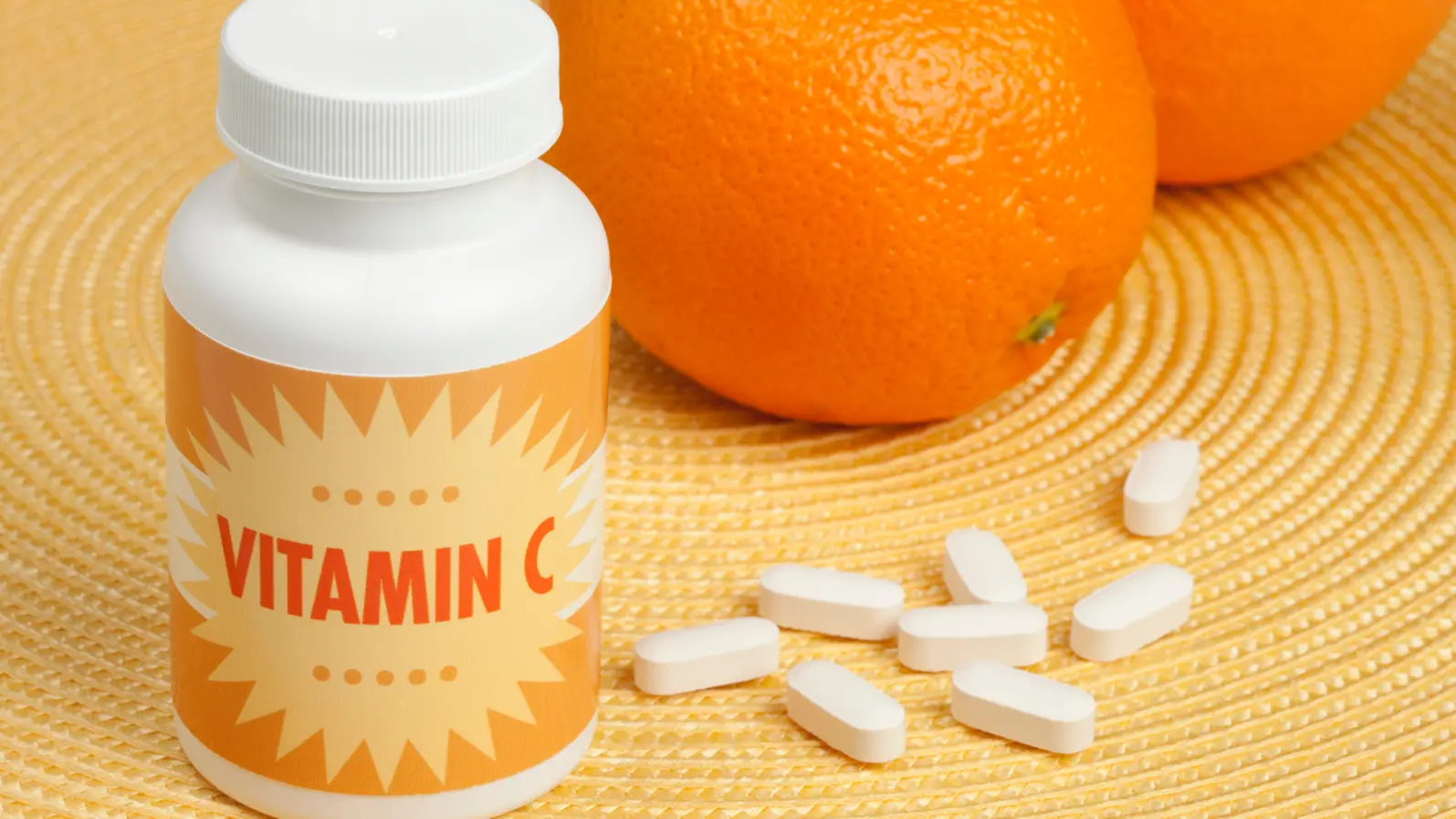
Finding the Sweet Spot: How Vitamin C Shapes Gum Health
A Global Oral Health Concern
Periodontitis a serious gum infection that damages soft tissue and bone affects more than half of the world’s adults and is a leading cause of tooth loss. Scientists have long suspected that nutrition, especially vitamin C intake, plays a role in how our gums respond to inflammation and bacteria.
A research team from China decided to explore this connection in depth using data from a large U.S. health survey. Their goal: to see whether what we eat specifically how much vitamin C we consume influences our risk of developing periodontitis.
The Study: Data from Over 5,000 Adults
The researchers analyzed data from 5,145 adults aged 30 and older who participated in the U.S. National Health and Nutrition Examination Survey (NHANES) between 2009 and 2014.
They compared daily vitamin C intake (measured through 24-hour diet recalls) with the presence or absence of periodontitis, while accounting for factors like age, sex, smoking, alcohol use, diabetes, and flossing habits.
Key Findings: Not Too Little, Not Too Much
The results revealed a non-linear, U-shaped relationship between vitamin C intake and gum health.
People who consumed too little vitamin C were more likely to have periodontitis.
But surprisingly, excessively high intake also appeared to raise the risk.
The optimal intake level where the lowest risk of periodontitis was observed — was around 158 mg per day.
In simpler terms, moderate vitamin C intake seems best for maintaining healthy gums.
Why Vitamin C Matters for Gums
Vitamin C (ascorbic acid) is a powerful antioxidant that supports collagen production and helps the body fight inflammation. In the mouth, it strengthens gum tissue and helps repair damage caused by bacterial infection.
Low vitamin C levels can weaken gum attachment, leading to bleeding, swelling, and eventually bone loss hallmarks of periodontitis.
What Makes This Study Stand Out
Unlike earlier research, this study used a large national sample and applied advanced statistical models to map the vitamin C–periodontitis link as a smooth curve. This allowed the researchers to pinpoint the “inflection point” where vitamin C’s benefits peak before diminishing.
They concluded that people should aim for balanced dietary vitamin C, ideally from fruits and vegetables such as oranges, kiwis, bell peppers, and leafy greens rather than relying on excessive supplements.
Takeaway
Maintaining oral health isn’t just about brushing and flossing it’s also about what’s on your plate.
This study suggests that moderate, consistent intake of vitamin C may help protect against gum disease, while both deficiency and overconsumption could have the opposite effect.
So next time you reach for that orange one is good. Five might not be better.
Reference:
Li W., Song J., Chen Z. (2022). The association between dietary vitamin C intake and periodontitis: result from the NHANES (2009–2014). BMC Oral Health, 22:390. https://doi.org/10.1186/s12903-022-02416-7